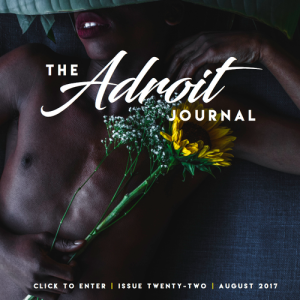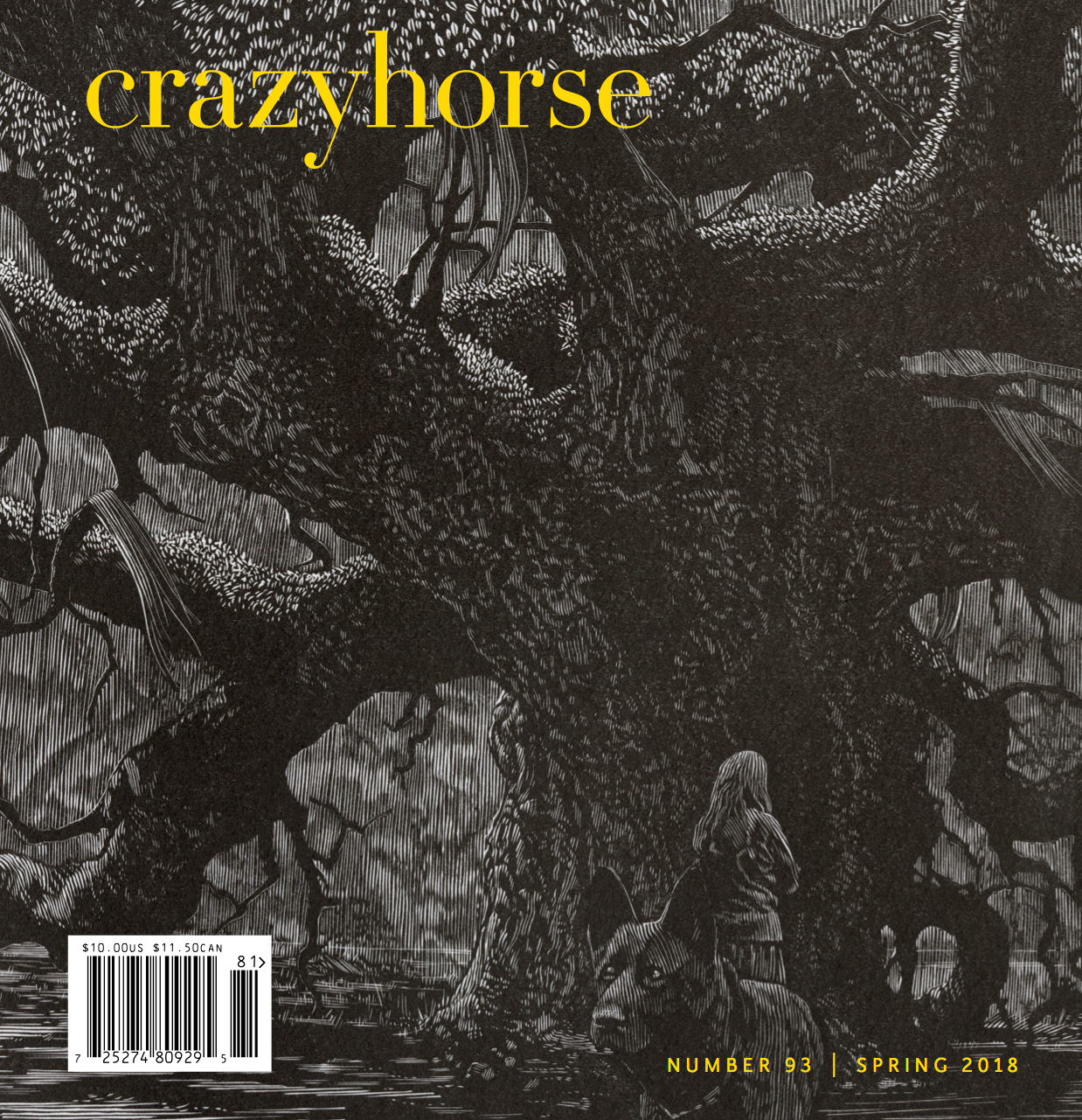
Joe Jiménez’s essay, “Cotton,” appears in the most recent issue of The Adroit Journal.
One of the most difficult things to learn in prose, whether it’s fiction or nonfiction, is how much certain passages ought to weigh. There will be moments that feel heavy, and so we write them heavy: longer, more drawn out, with more forceful words and images. These are the sentences, we tell ourselves, that people are going to quote. And yet when we return to those passages in the revision process, they don’t read right. They feel like they’re trying too hard—or not hard enough. We’re often not sure which, only certain that something is not working.
It’s often the case that less is more in prose, and sometimes the most important moments in a story need the lightest touch. A terrific example of this can be found in Joe Jiménez’s essay, “Cotton.” It was published in The Adroit Journal, where you can read it now.
How the Essay Works
The essay moves back and forth between passages about the cotton fields that dominated the landscape where Jiménez grew up and personal stories that lead up to, and away from, a moment where he realized that his life needed to change. Obviously, those personal stories will be doing a lot of narrative work, and yet they occupy a surprisingly small amount of space in the essay—because Jiménez exercises a light touch in some devastatingly effective ways. Here’s one example:
A story: I fell in love with a man with one ear. I was 29. We bought a house. We got dogs. We drove to Missouri. We drove to the coast. We lay on the beach, and we ate green peppers and Roma tomatoes, small sour limes, which we grew in red clay pots in the backyard. When one of the dogs gave birth, one of the pups died, and we wrapped her in a white cotton towel and buried her beneath a papaya tree. Citlali, we named her. Little star. The papaya tree grew—we liked to believe that little star was growing into a strong tree, into those seeds. But one winter, that papaya tree froze. It never grew back. Every year, including that one, the man told me he wanted to die.
There are a lot of ways this passage could have been written more directly, dealing with the events and the emotions of the relationship head on. But it doesn’t do that. Instead, it states the premise and a noteworthy detail (“I fell in love with a man with one ear”), sums up some noteworthy points on the timeline of the relationship (“I was 29. We bought a house. We got dogs. We drove to Missouri…”), and then focuses on two things: what they ate on the beach and what happened to one of their puppies.
In part, the focus on things that are not the thing itself (the relationship) is a perfect example of what John Gardner was talking about in his famous barn exercise (describe a barn from the point of view of a farmer whose son has just died in a war, but don’t state what he feels or what happened to his son). Jiménez is moving tangentially, getting at the emotionally heart of a scene through an unexpected entry.
But Jiménez is also doing something else: he’s juxtaposing a short, tangential-seeming story with a statement of absolute clarity and directness (“Every year, including that one, the man told me he wanted to die”). It’s a statement that would get our attention regardless of where it is placed in the essay. But it’s particularly breathtaking because it comes at us from outside our line of vision. We’ve been looking at food and puppies. It’s all connected, of course, but we’ve been temporarily distracted. To go back to the theoretical giants, it’s an example of what Kenneth Burke wrote about the scene in Hamlet where Hamlet is waiting on a platform for his father’s ghost; while he waits he and the audience get distracted by his drunken uncle, and so the thing we suspect is coming arrives out of nowhere.
Jiménez manages this in one short paragraph, and that brevity makes the passage even more effective.
The Writing Exercise
Let’s use misdirection and indirectness, using “Cotton” by Joe Jiménez as a model:
- State the premise and a noteworthy detail. In general, premises are simple: somebody loves somebody, somebody hates somebody, somebody wants something and can’t quite get it. They’re built on universal experience and emotion. The noteworthy detail is what makes your universal moment less universal. Not everyone has just one ear. It’s a fairly small detail and not the hinge upon which the entire story turns, but it gets our attention so that we’ll read onto the more important details. So, what is your universal premise and what is a detail that can particularize it?
- Sum up some noteworthy points on the story’s timeline. In short, write a montage. This happened, this happened, and this. It can move that fast in your passage. Use short sentences. Be direct. You’re setting the stage for the bigger moment.
- Focus on one or two details. Jiménez focuses on food and a puppy. The food is not generic. He and his lover grew it themselves, so it had meaning to them. That’s really the best filter to use when figuring out which details to focus on: what has the most meaning to the characters. It’s often small things that they’re most proud of or most moved by in the moment. The puppy is a great detail because it’s personal to the characters but also because there’s a narrative arc attached to it. That arc creates a story within the story. So, what details are meaningful to you or your characters and which details have narratives attached to them? Describe those details and tell their stories as quickly as possible.
- Jump back to the premise. Jiménez jumps to “Every year, including that one, the man told me he wanted to die.” That sentence is one of the big reasons he tells this story in the first place. It’s the next part of the premise: I fell in love with a guy, and every year he said… Write a sentence or two that states, as directly as possible, a fact that makes the story significant to your or your characters.
The goal is to juxtapose that direct statement with the less direct details that precede it, and perhaps you can plan that juxtaposition, but it’s more likely that you’ll come at it from a couple of angles before one feels right. Give yourself the space to keep trying until it all clicks into place.
Good luck.



